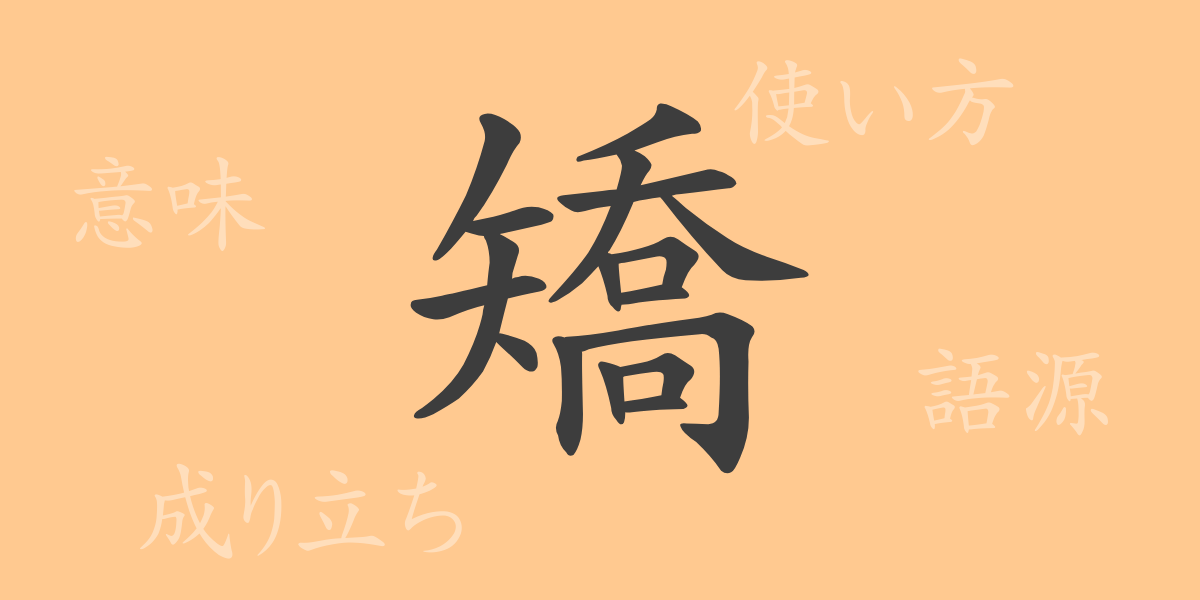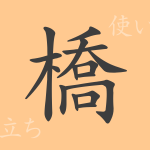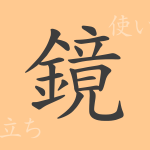Kanji are not merely characters but are treasures of expression with deep meanings and histories. This time, we spotlight the commonly used Japanese kanji “矯(きょう)” to explore its charm and usage. Understanding the strength and subtlety of this kanji will deepen your appreciation of the language’s depth.
Origin of 矯(きょう)
The kanji “矯(きょう)” originates from ancient China, where it initially referred to the process of straightening a bow. This kanji is composed of the radical “弓(きゅう)” (bow) and “力(りき)” (power), symbolizing the application of force to correct a bend, hence meaning “to correct” or “to straighten.” Over time, its usage expanded to include correcting not just physical bends but also behaviors and characteristics.
Meaning and Usage of 矯(きょう)
The kanji “矯(きょう)” means “to correct,” “to amend,” or “to straighten.” Specifically, it is used to indicate correcting something that is bent or improper, often through unnatural methods. For example, the words “矯正(きょうせい)” (correction) and “矯める(ためる)” (to correct) carry nuances of restoring something to its proper state or improving it.
Readings, Stroke Count, and Radical of 矯(きょう)
Here is the basic information about the kanji “矯(きょう)”:
- Readings: The on’yomi (Chinese reading) is “キョウ(きょう),” and the kun’yomi (Japanese reading) is “ためる(ためる).”
- Stroke Count: “矯(きょう)” has a total of 18 strokes.
- Radical: The radical is “矢(や)” (arrow).
Idioms, Expressions, and Proverbs Using 矯(きょう)
There are many idioms, expressions, and proverbs in Japanese that include the kanji “矯(きょう).” Here are some examples:
- 矯正(きょうせい): Correcting or rectifying something that is bent or improper.
- 矯める(ためる): To correct or amend behavior or actions.
- 矯風厲俗(きょうふうれいぞく): Correcting customs and severely amending societal bad habits.
- 矯枉過正(きょうおうかせい): Overcorrecting something to the extent that it causes other issues.
These expressions can be used in daily life and business settings, enhancing communication accuracy by using words appropriately.
Conclusion on 矯(きょう)
The kanji “矯(きょう)” has evolved from the straightforward meaning of correcting something bent to include broader applications like amending behaviors and customs. Understanding and using this kanji appropriately can express the richness of language and achieve deeper communication. For learners of Japanese and those interested in kanji, “矯(きょう)” is an appealing character both in form and meaning.

























